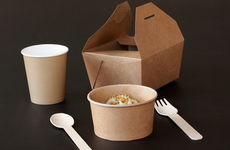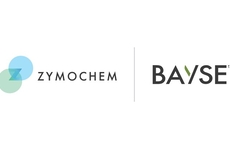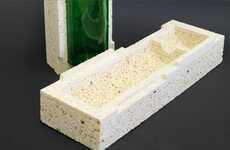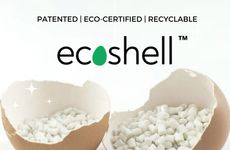
Clay-Based Hydrogels Provides Environmentally-Safe Alternative
Meghan Young — January 23, 2010 — Eco
Even though we now know that plastic is not so good for the environment, to say the very least, it’s so prevalent and (I would argue) almost necessary to our way of life, that unless we find a suitable replacement, we may never get rid of the darn thing; enter clay-based hydrogels.
For years, hydrogels have replaced plastic in medical procedures. Yet, due to its “lack of rigidity and durability,” according to PSFK.com, other uses have not been plausible. With the help of the Japanese, however, clay-based hydrogels may be the answer we were looking for.
For years, hydrogels have replaced plastic in medical procedures. Yet, due to its “lack of rigidity and durability,” according to PSFK.com, other uses have not been plausible. With the help of the Japanese, however, clay-based hydrogels may be the answer we were looking for.
Trend Themes
1. Clay-based Hydrogels - Clay-based hydrogels offer a sustainable and environmentally-safe alternative to plastic.
2. Plastic Replacement - The search for suitable replacements for plastic drives innovation and disrupts industries.
3. Sustainable Materials - The demand for eco-friendly materials like clay-based hydrogels creates opportunities for disruptive innovation.
Industry Implications
1. Medical - Clay-based hydrogels can disrupt the medical industry by replacing plastic in medical procedures.
2. Packaging - The development of clay-based hydrogels opens the door for disruptive innovation in packaging, offering a sustainable alternative to plastic.
3. Consumer Goods - The demand for eco-friendly alternatives to plastic in consumer goods drives innovation in industries like manufacturing, food and beverage, and personal care.
3.4
Score
Popularity
Activity
Freshness























